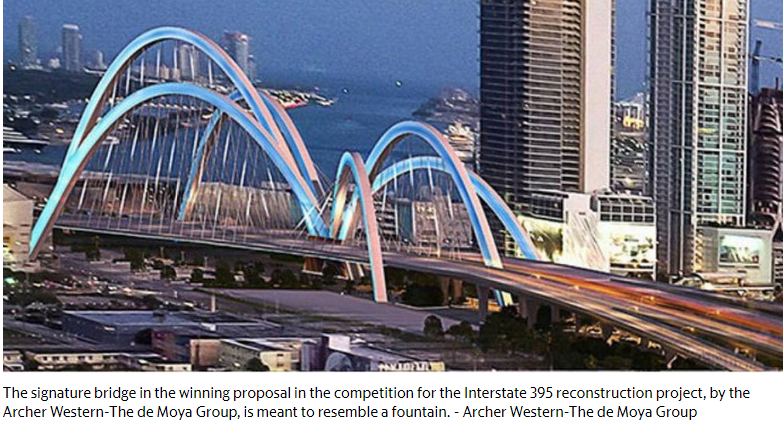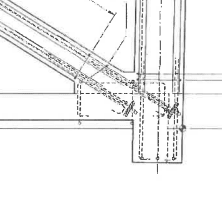The photos in the Miami Herald are at the base of member 11. They are supposed to have been taken following the application of tension to the bars in member 11, and before the lift, which must have taken place after the white coating, which is not apparent in the cracks.
I think the photos support the theory that they thought that applying tension in the bars would pull the crack(s) closed without understanding they were levering the member off the deck instead. The part breaking off is not in the main load path of member 11 and shows what looks to me like lateral movement. There is little doubt in my mind that, if the cracks were caused by lateral slip induced by the tension bars, the additional load from the bridge installation would make that displacement greater, possibly by a lot, as the rebar between the members and the deck bent and the concrete it was embedded in gave way. Would their discussion then be about what the greatest load the bars could sustain in order to close the cracks?
I don't recall any evidence that there was a spotter at the base of member 11 to see that the crack was being closed.
A somewhat related article
"The firms behind the failed FIU bridge give up the fight to rebuild I-395. So now what?"
Part of the reason they were fighting is they lost a bid, in part, because "the FAM team's bridge design violated one of the competition's rules because it included decorative elements that served no structural function. The FAM bridge, designed by FIGG and another subcontractor, featured two giant support pylons meant to resemble dancers that incorporated spinning discs at the top with no structural role."






